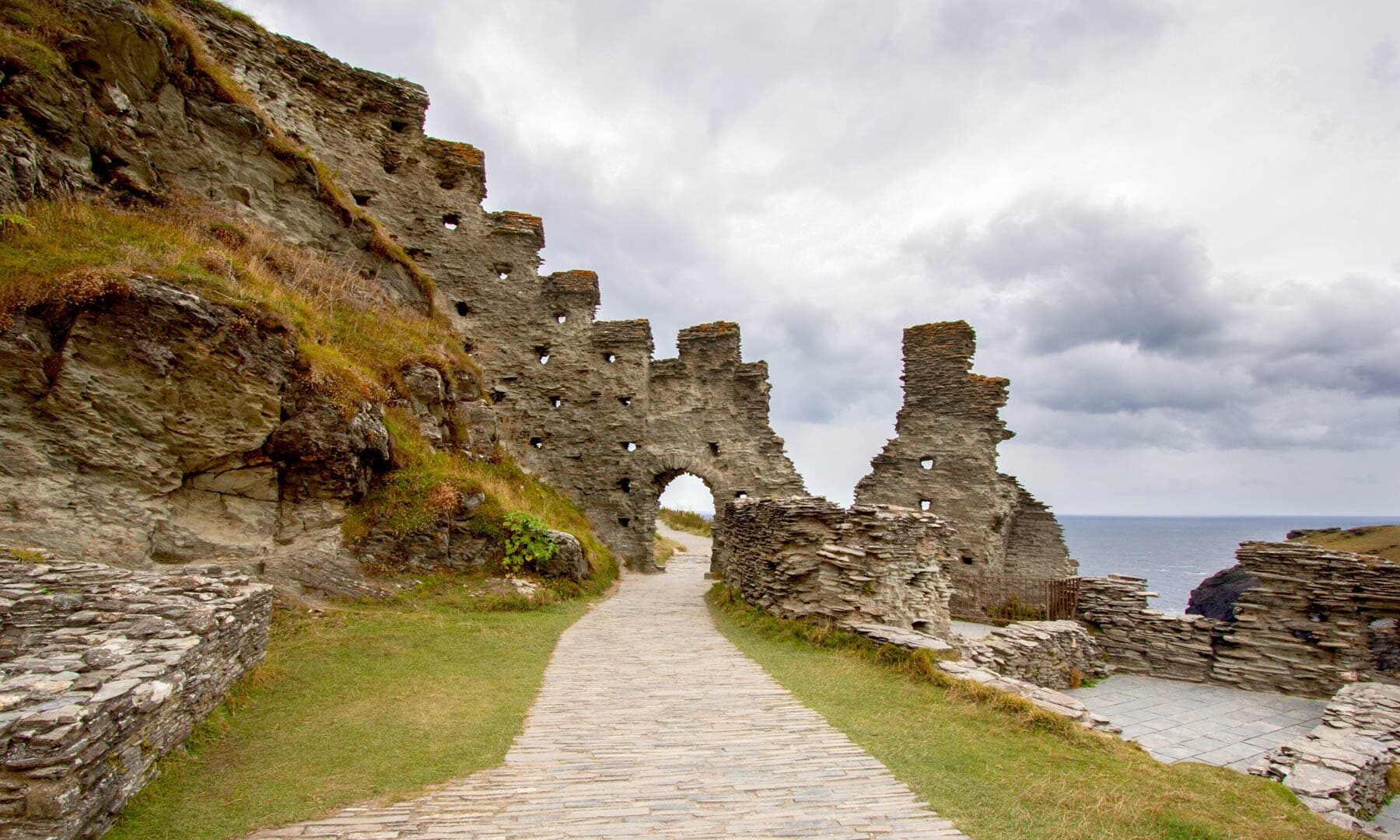The South West 660 is an epic road trip taking you to the best beaches and tourist attractions along the coast of South West England. A relatively new road trip route (it was only formally established in 2022), you can be one of the first people to drive its 660-mile length through Somerset, Devon, Dorset, and Cornwall.
Designed to rival the better-known and more established North Coast 500, which is located in northern Scotland, the South West 660 is a chance to explore quaint fishing villages on Devon’s southern shores, the rocky coves of Cornwall’s Atlantic Coast, and the lesser trodden cliffs of Dorset’s fossil-lined Jurassic Coast.
If you’re looking for an incredible way to explore South West England, keep reading as I explain how to drive the South West 660.
Disclaimer: This post may contain affiliate links. If you make a purchase or booking through one of our links we may earn a small commission (don’t worry, it’s at no extra cost to you).
South West 660 Road Trip Guide
The South West 660 is designed to help road trippers uncover lesser-known destinations along England’s South Western coastline. At 660 miles, it’s the longest road trip itinerary in the South West and incorporates existing routes like the Atlantic Highway at various points along the way.
If you’ve visited the South West before, then you’ll also have realized that the South West 660 is intended to emulate the South West Coast Path, a famous coastal hiking trail that’s also 660 miles long.
Like the South West Coast Path, the South West 660 takes in coastal sights in four counties, including Somerset, Devon, Cornwall, and Dorset. Unlike the South West Coast Path, though, the road trip route requires far less hiking and can be completed in a much shorter span of time!
The South West 660 Route
The South West 660 officially starts (or ends) in Watchet, a harbor town on the Somerset Coast. You drive westwards into Devon, along the northern coast of Cornwall, and then around Land’s End to the southern coast of Cornwall. Cross back into Devon and follow the southern coast into Dorset – 660 miles later, the route officially ends (or starts) at Sandbanks Beach by Poole Harbour in Dorset.
The route has been divided into 12 easy-to-navigate sections, which you can tackle all in one go, or individually. You could also tackle each section of coastline individually, e.g., Somerset, Northern Cornwall, or South Devon.
Here are the 12 sections of the South West 660, starting in Watchet, Somerset, and driving anticlockwise:
Watchet to Lynton
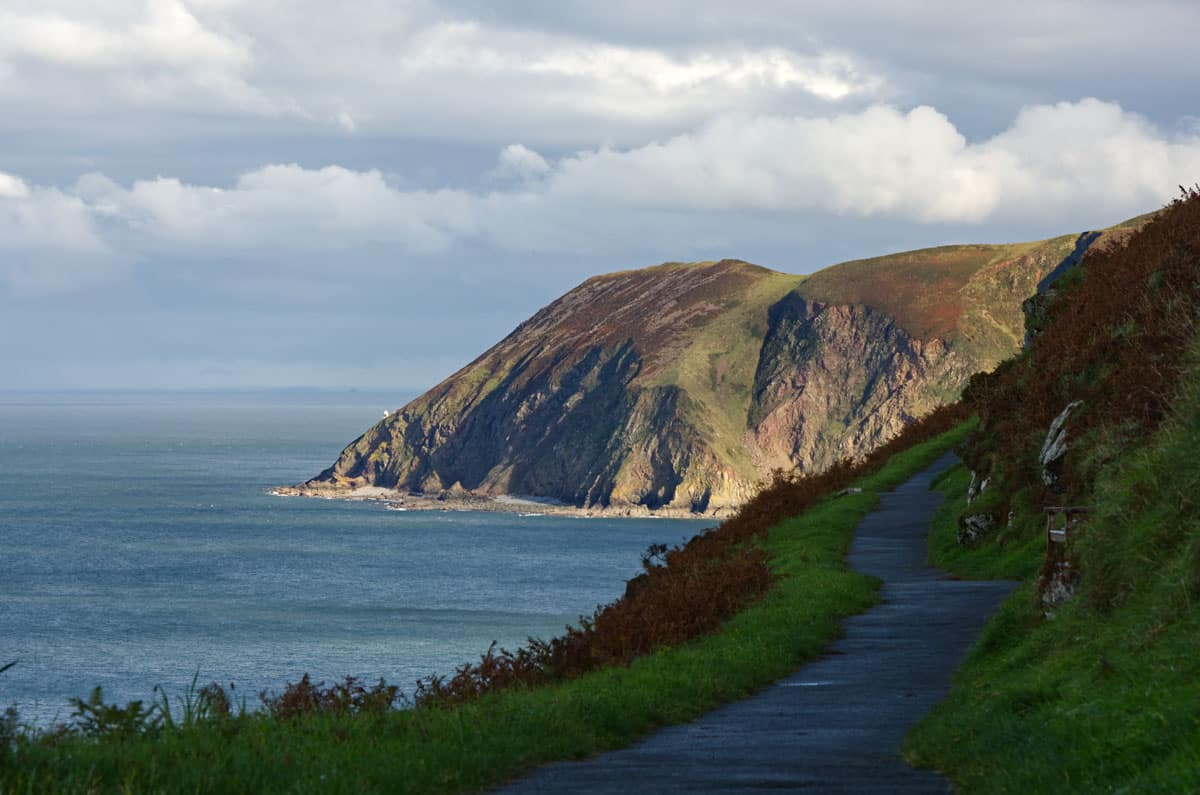
You’ll be starting in Watchet, a curiously named seaside town overlooking the Bristol Channel. Head west along the Atlantic Highway, stopping in Porlock Weir for their Pacific Oysters before tackling the steepest A-road in the country on your way to Lynton.
Lynton to Clovelly
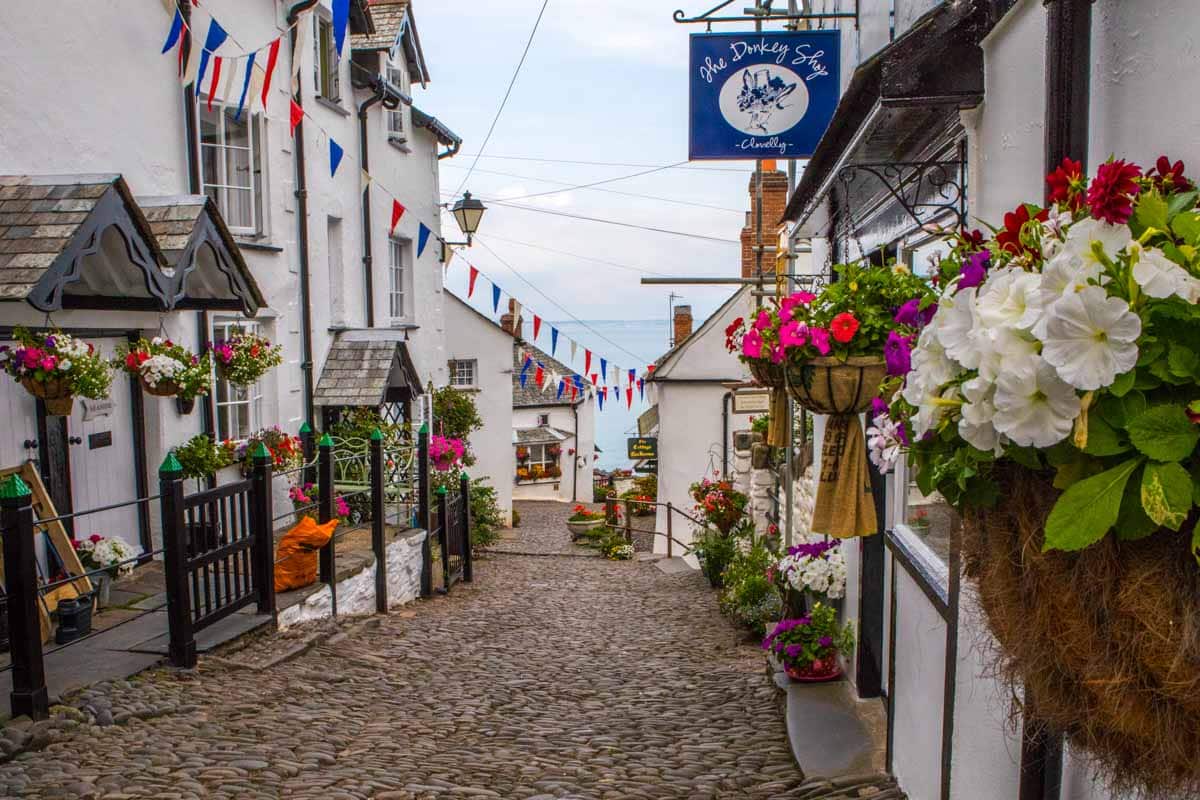
Enjoy the Victorian sights of Lynton and Lynmouth, taking the famed hydro-powered funicular between the two. Enjoy a coastal drive to Clovelly, a traditional fishing village that’s still owned by a medieval-style Lord of the Manor.
Clovelly to Padstow
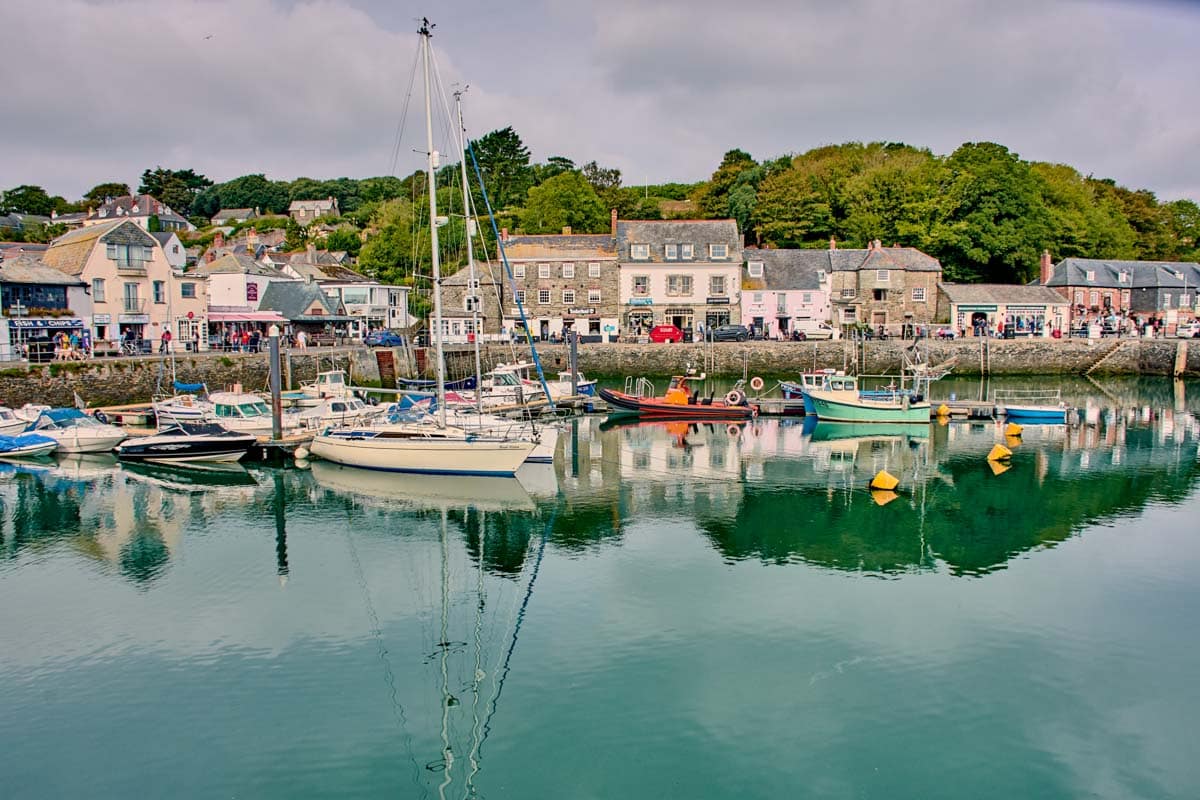
Now you’re enjoying the dramatic, windswept coast of Northern Devon before heading westward into Cornwall. Take a swim in Bude’s sea pool, then gorge on fish and chips in Padstow, one of Cornwall’s best foodie towns.
Padstow to St Ives
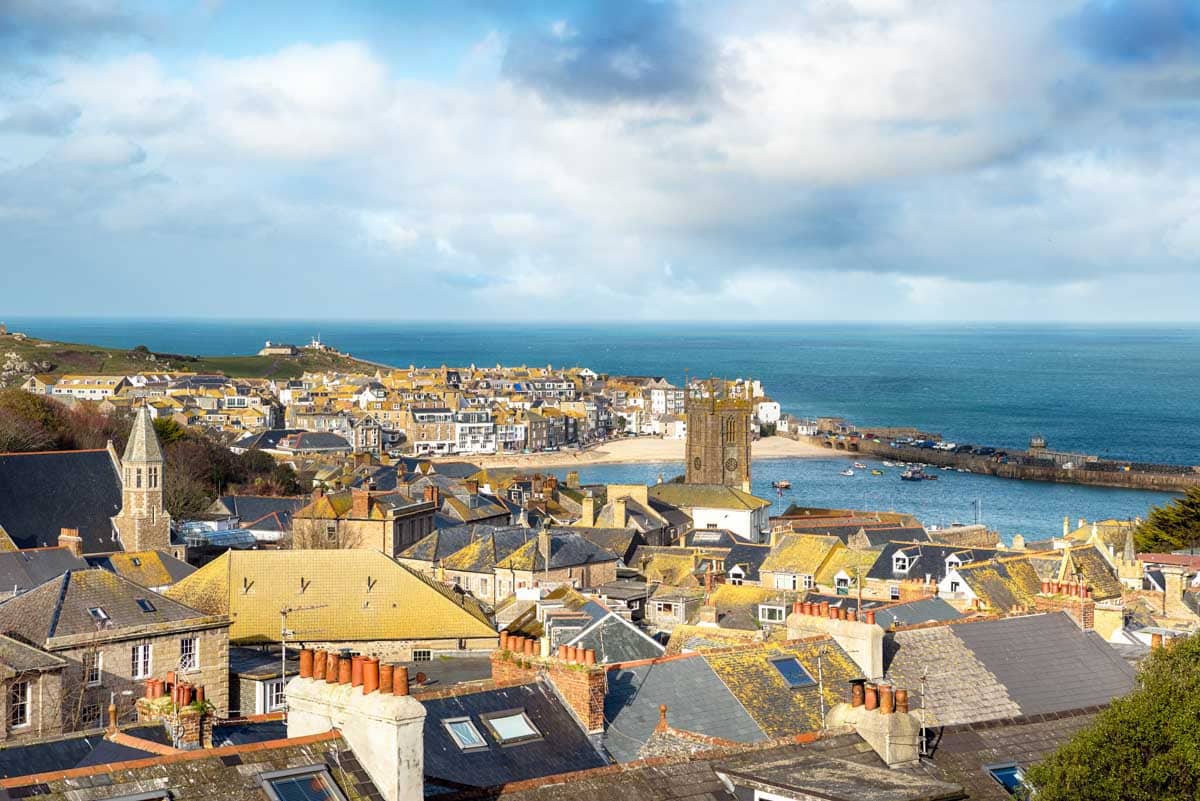
Continue westward along the Atlantic Highway deeper into Cornwall, stopping at glorious seaside villages and towns like Hayle and St Agnes. Party-goers can enjoy a night on the town in Newquay, which is packed with bars, while art lovers will find the Tate in St Ives more to their liking.
St Ives to Penzance
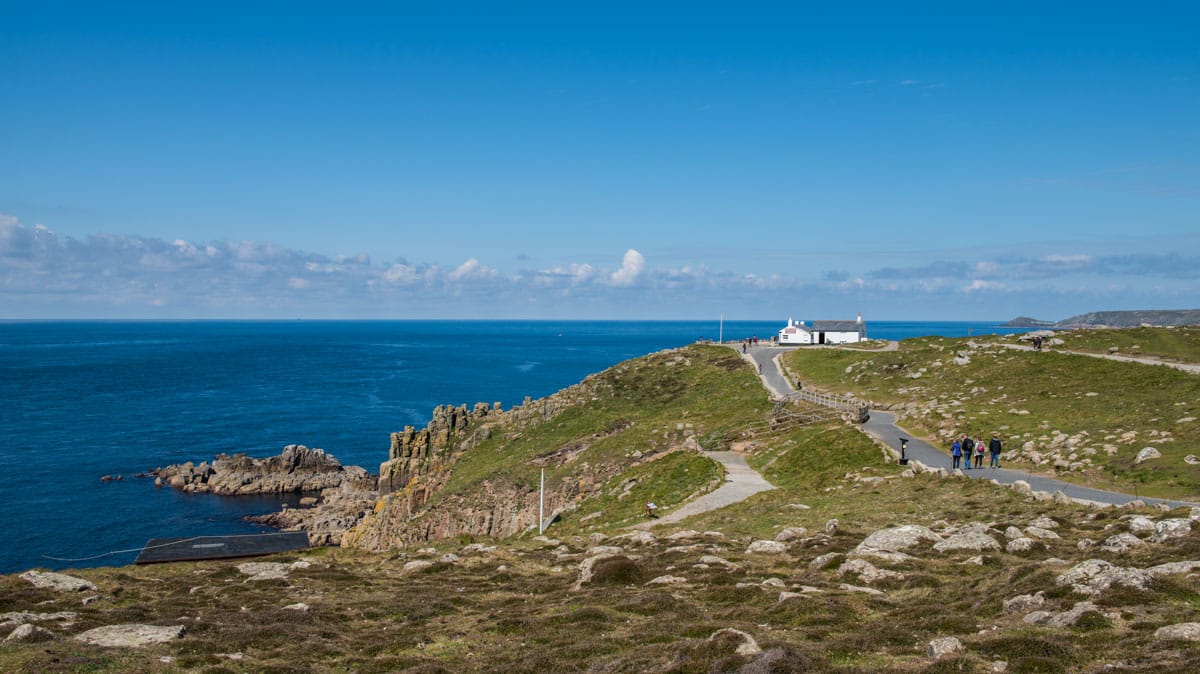
You’ll soon reach Cape Cornwall, where the Atlantic Ocean collides with the Irish Sea. This is West Penwith, where ancient standing stones sit alongside abandoned tin mines. Round the cape and you’ll soon find yourself at Land’s End, the most southwesterly point in mainland Britain, before a short drive along Cornwall’s southern shores brings you to Penzance.
Penzance to St Austell
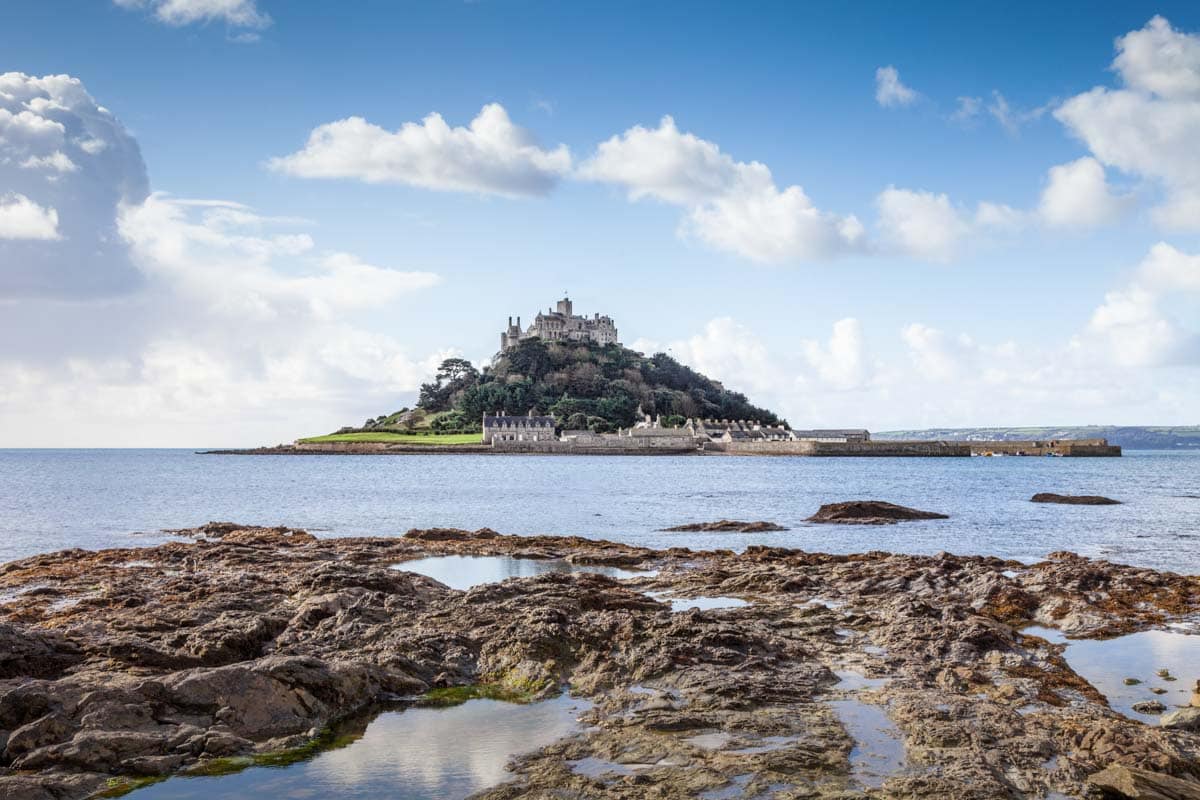
Now you’re driving east, calling into St Michael’s Mount (check the tide times to visit), visiting the most southerly point in mainland Britain (Lizard Point), and making time to visit the National Maritime Museum in quirky Falmouth. There are countless fishing harbors to see on your way to St Austell, where you can round off the day with a tour of the local brewery.
St Austell to Plymouth
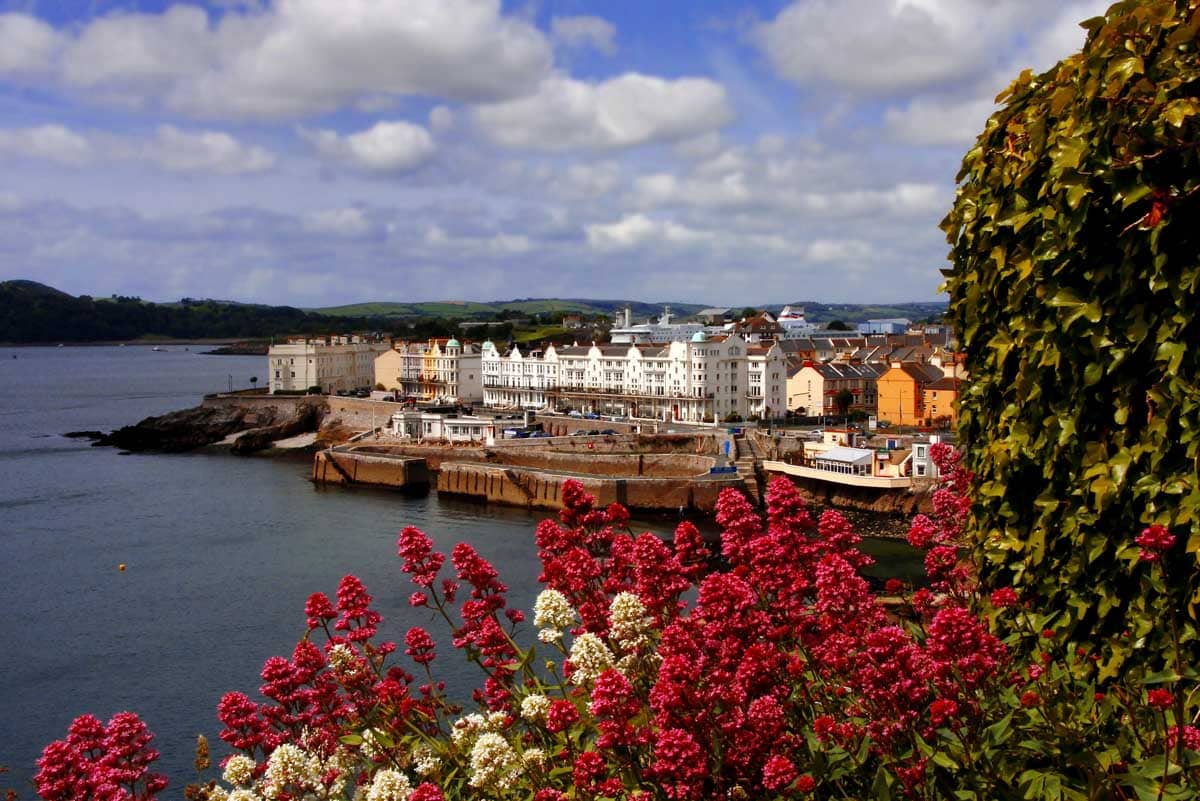
Drive the scenic shores of Looe and Parr and detour down to the Rame Peninsula for a beautiful coastal drive. Cross the mighty tides of the River Tamar, and you’re in Plymouth, Britain’s great “Ocean City.”
Plymouth to Dartmouth
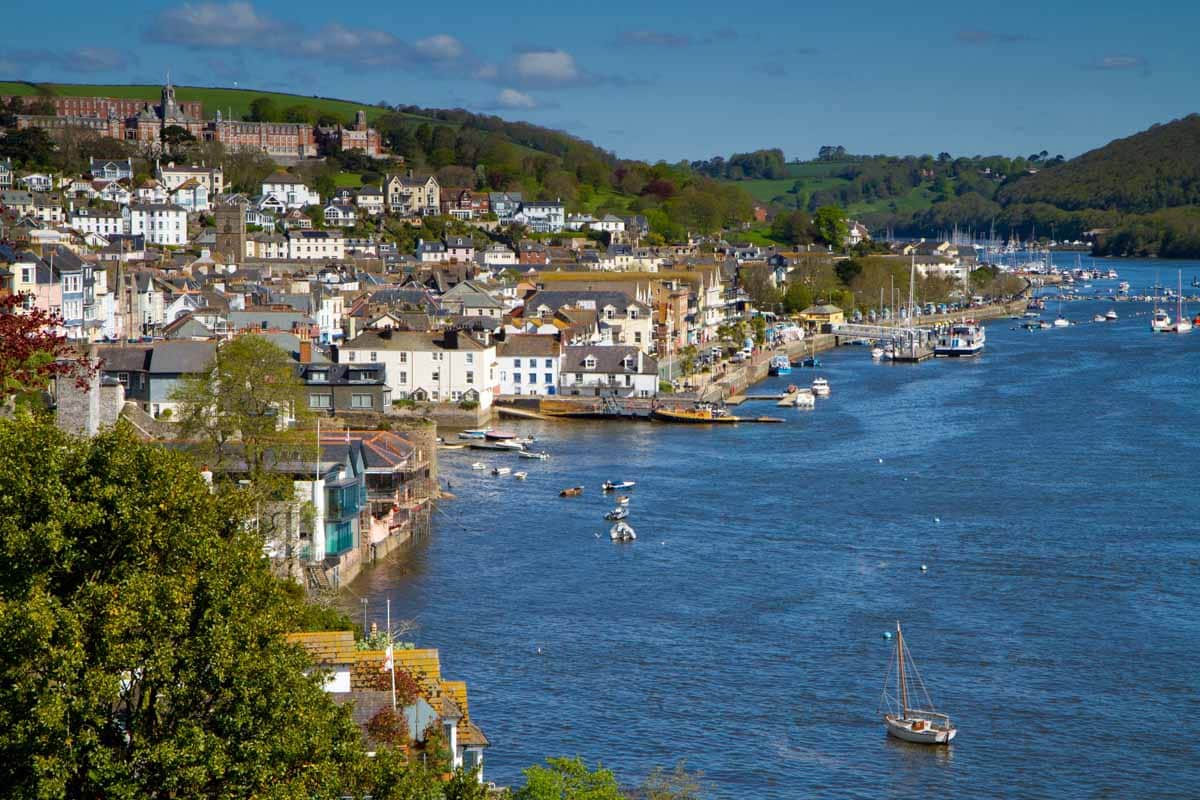
Now you’re back in Devon, and the southern coast from Plymouth to Dartmouth offers innumerable opportunities to visit small fishing harbors, like Hope Cove, Salcombe (try the gin), and Wembury.
Dartmouth to Exeter
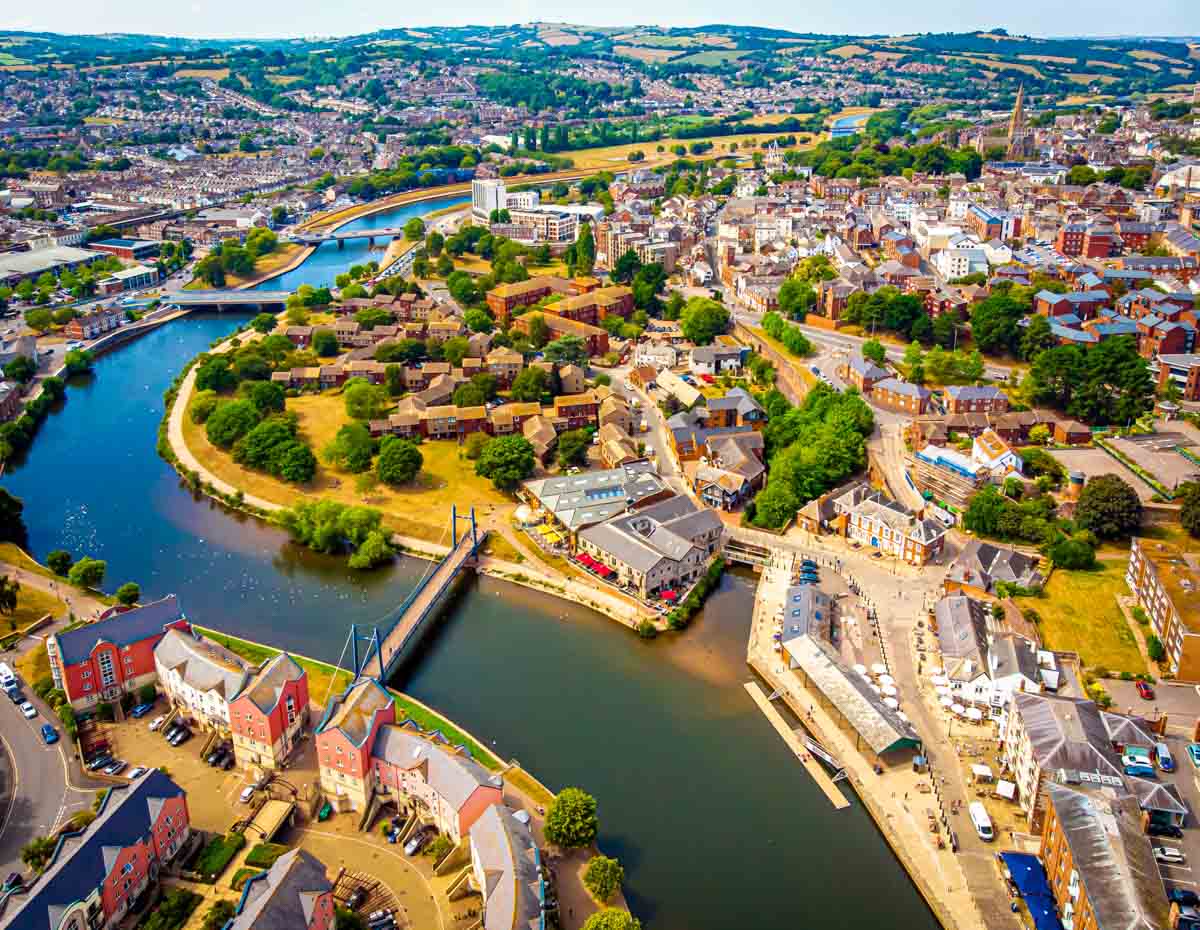
Cross the River Dart, and take your time as you hop along the English Riviera, which was a favorite with Victorian holiday-goers. Drive north along the Exe Estuary, where you can visit the Roman ruins in Exeter.
Exeter to Lyme Regis
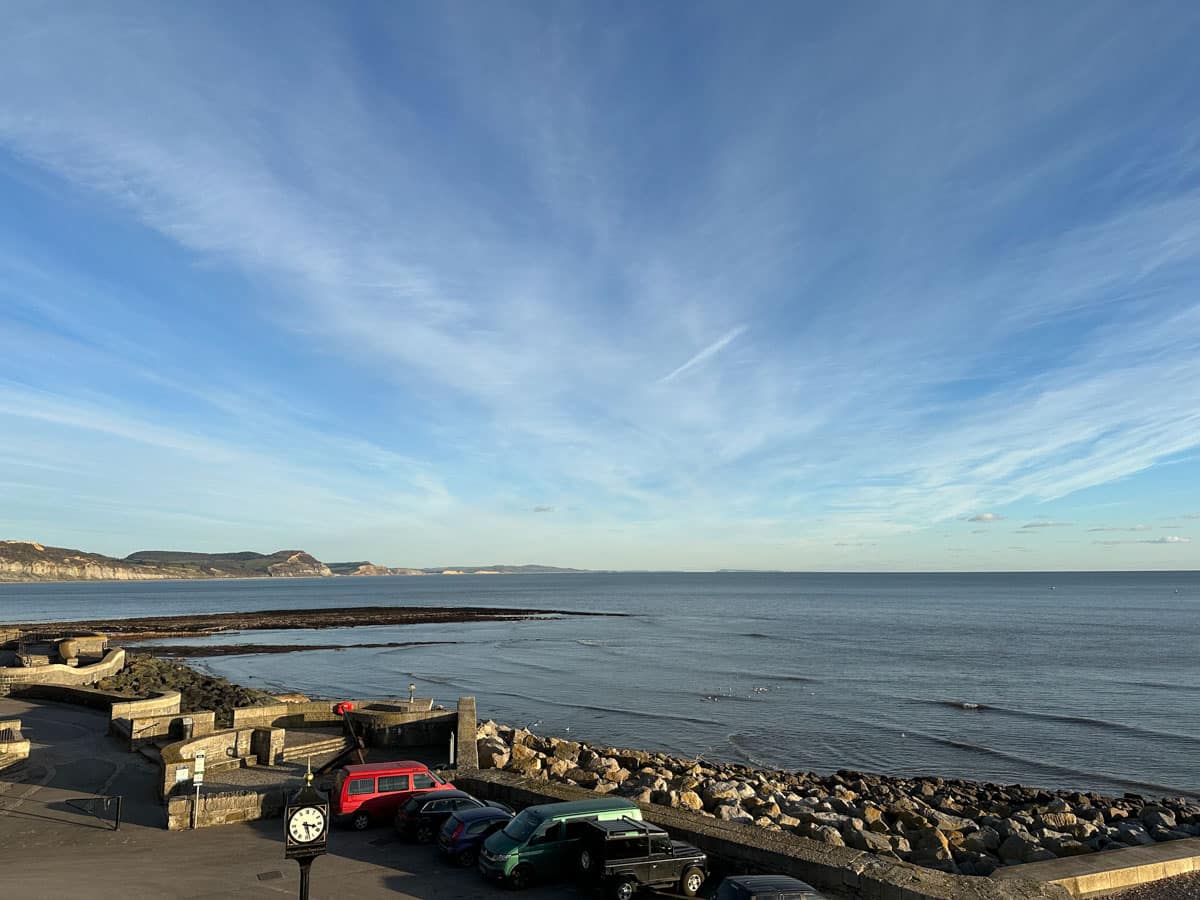
Drive from Exeter to Exmouth, where a long sandy beach awaits you at the start of the Jurassic Coast. This ancient rock formation is packed with fossils, and you’ll follow the prehistoric coastline east, all the way to Lyme Regis.
Lyme Regis to Weymouth
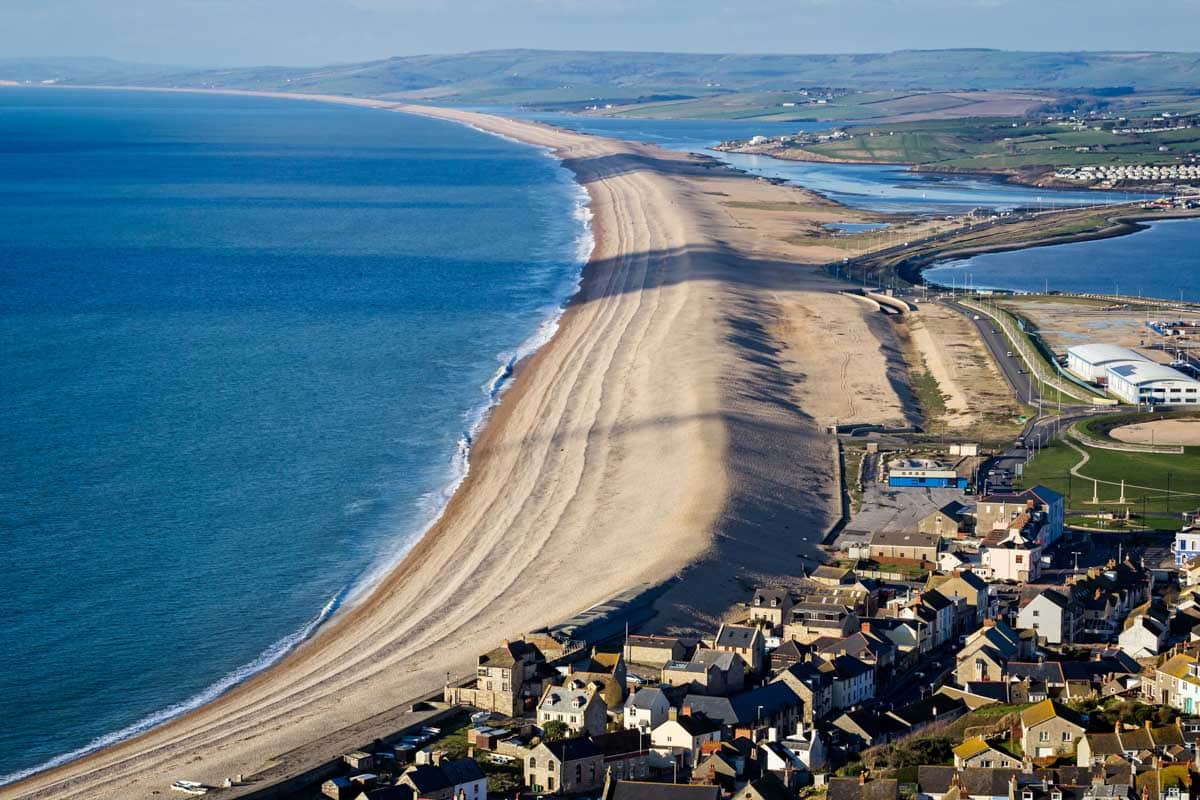
Your journey along the Jurassic Coast continues deep into Dorset as you explore more of the UK’s only natural UNESCO World Heritage Site. A highlight of the Lyme Regis to Weymouth leg is Chesil Beach, which, at 18 miles, is one the country’s longest.
Weymouth to Sandbanks
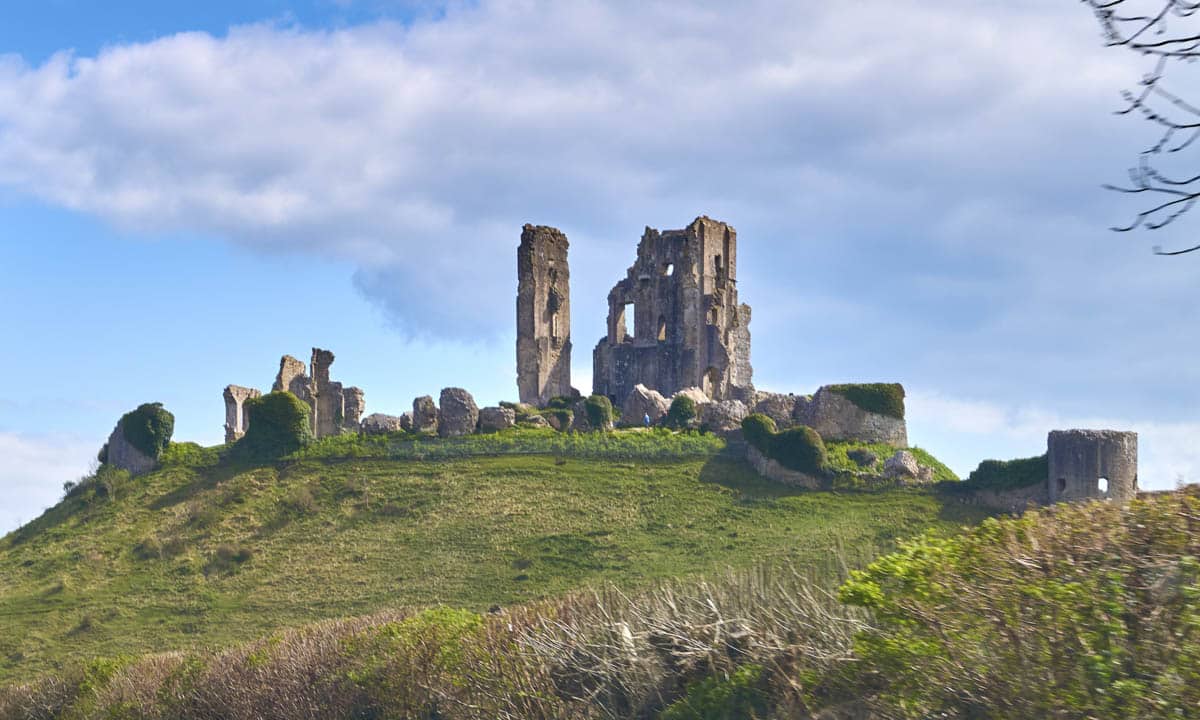
The last 40-mile stretch takes you from Weymouth to Sandbanks. Along the way, visit Corfe Castle, Studland Bay, and Old Harry Rocks before finishing on the beach!
When to Drive the South West 660
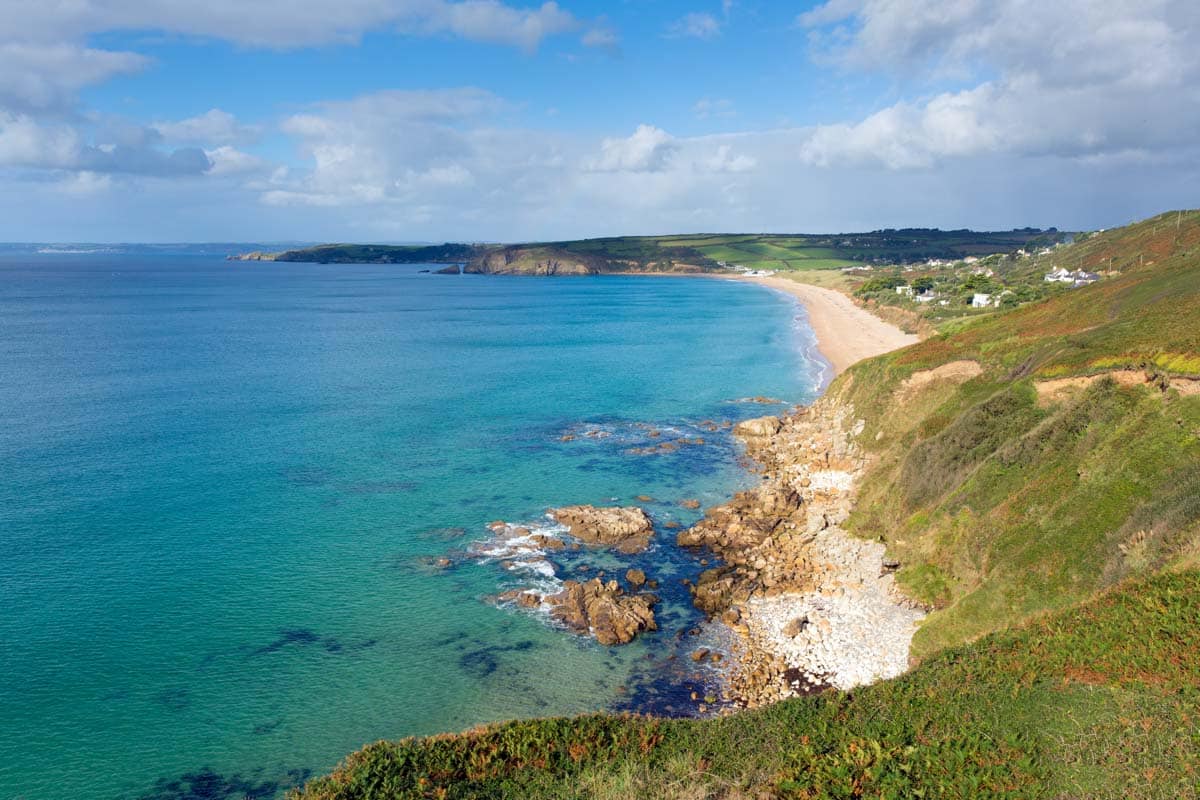
The best time to drive the South West 660 is when the sun is shining! You’re in luck, too, because the South West has more sunnier days than the rest of the UK. From March onwards, you’ll find that conditions are great for a road trip, but with this being a coastal route, do keep an eye out for any incoming storms that could affect your travel plans.
In my opinion, late April to late June are the best months for a road trip. July and August are always far too busy, and those narrow country lanes can easily become blocked up with too many tourists.
From late September onwards, the weather takes a turn for the worse, and driving conditions are not optimal going into the winter months. If you want to escape the crowds, though, why not drive the South West 660 in October or November, or even January or February?
Road Trip Basics
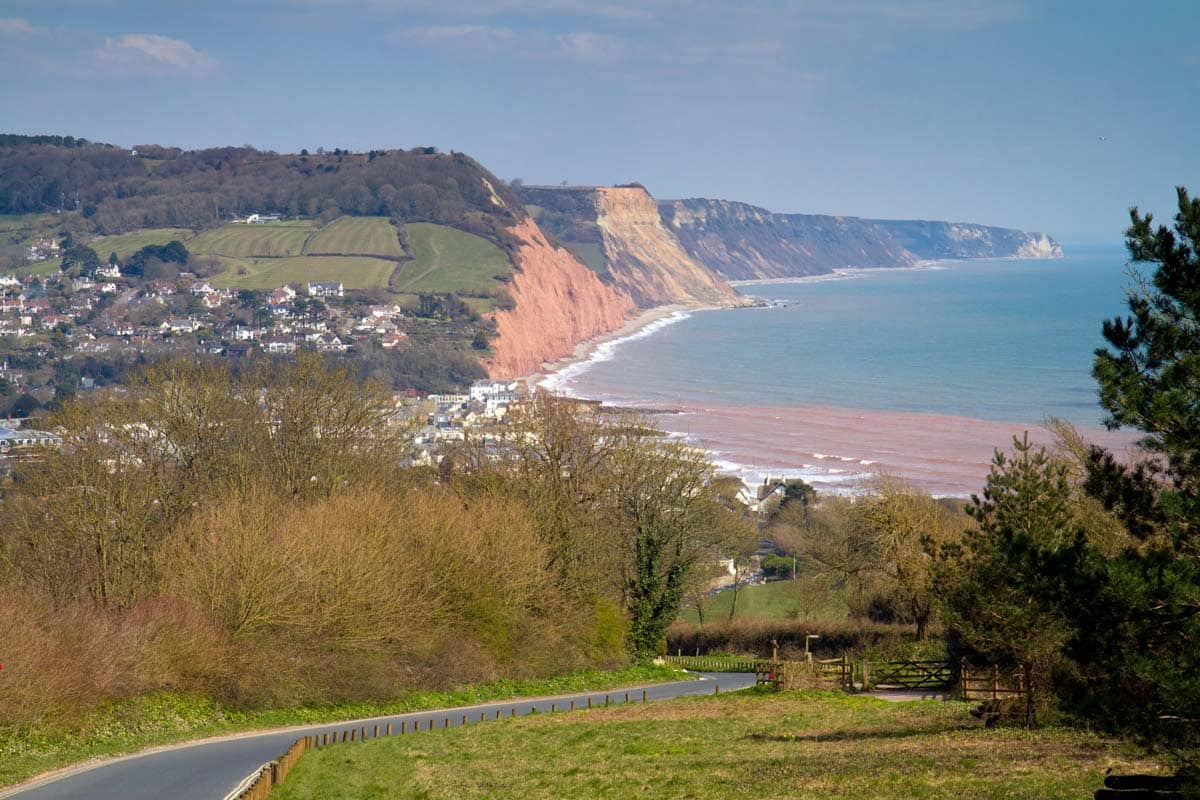
Okay, so let’s explore a few road trip basics so you can stay safe while driving in the United Kingdom. First of all, you have to drive on the left-hand side of the road, and secondly, all distances and speeds are measured in miles and miles per hour.
As a local living in Devon, I can tell you that you’re going to be dealing with some narrow roads, especially along the coast. Many of the fishing villages and rural areas are only connected by single-lane tracks, with high hedgerows obscuring visibility. Take it slow, and if you meet another car head-on, you or they will need to pull over into a passing bay or reverse to the nearest passing bay behind you.
There are several major types of roads in the UK, with “motorways” (like the M5 in the South West) being the fastest and consisting of three or four lanes. There are also “dual carriageways” and fast “A-roads,” which have one or two lanes on each side of the road.
The speed limit varies, and on dual carriageways and motorways, the national speed limit is 70 mph, with the right-hand lanes only used for overtaking. No undertaking is allowed. On single-carriageway roads, the speed limit is no more than 60 mph but may be lower if marked as so. In town centers and villages, for example, it can be as low as 20 mph.
Keep to the speed limit, or you could find yourself caught out by a speed camera, mobile speed camera, or police car. Make sure you’re parking legally, too (don’t park on double yellow lines), and pay for parking when you’re required to, or you could be fined.
If you’re renting a car for the journey, make sure you’ve got adequate insurance to cover any accidents and roadside assistance in case you break down.
Where to Stay on the South West 660
Where you can stay largely depends on your budget and the time of year that you’re road-tripping the South West 660. As you’ll have a vehicle, you’ll of course be able to start and end the day away from the road trip route itself, which can often help you find the best places to stay.
Larger cities and towns, such as Plymouth, Bournemouth, or Penzance, have the best range of accommodation, and you’ll find everything from budget Premier Inns and Travelodges to five-star spa hotels. In smaller villages, you’ll find quaint bed and breakfasts and Airbnbs, which make a welcome change from chain hotels.
When I road trip around the South West, I don’t have much of a budget to work with, so I’ll typically book a campsite for a few nights in one spot, set up a base, and then road trip around for the next few days. You can rent out camper vans or fun Land Rover Defenders with rooftop tents if you want to camp with a little more luxury!

